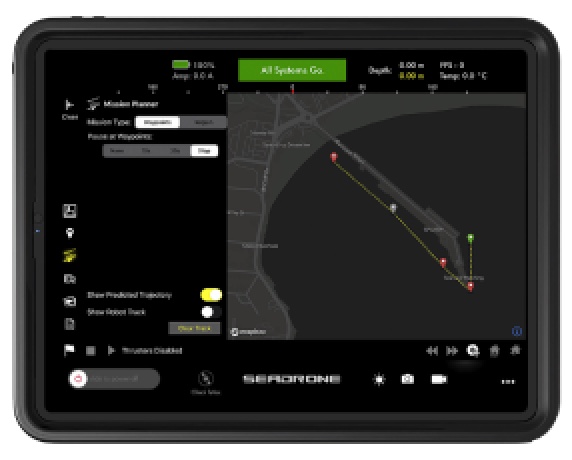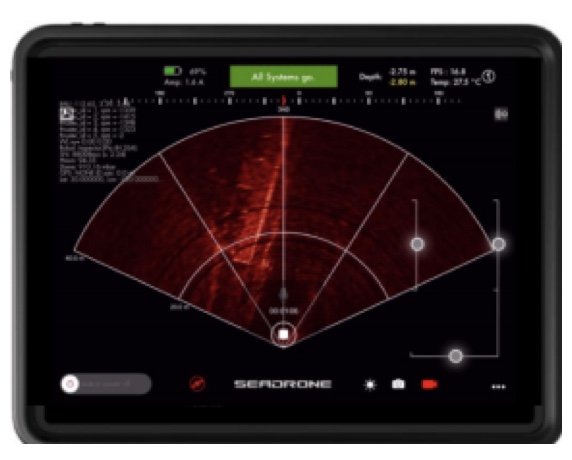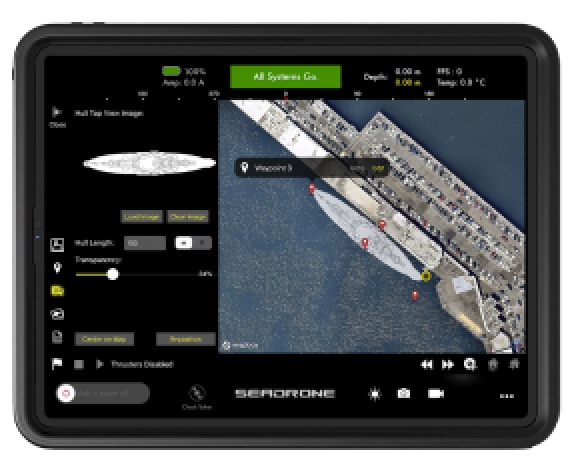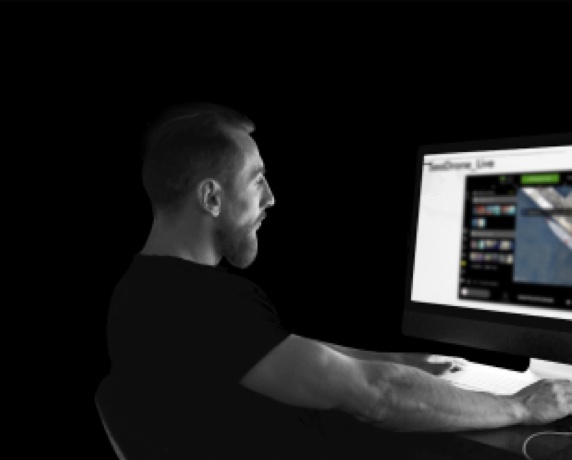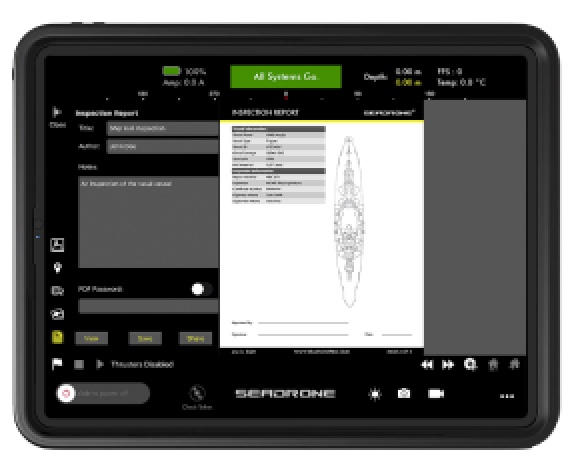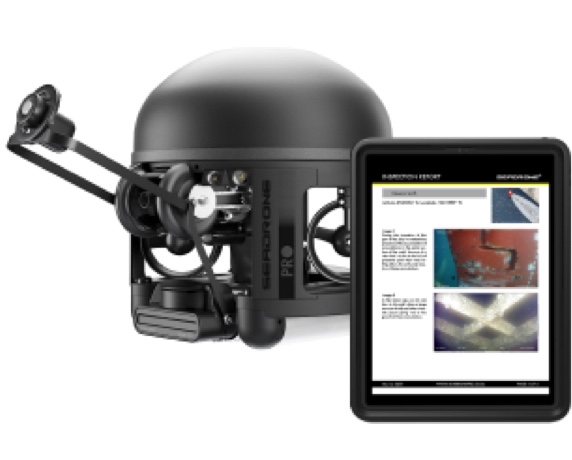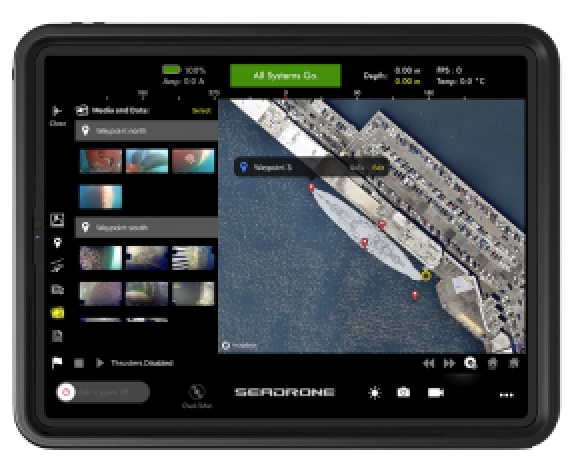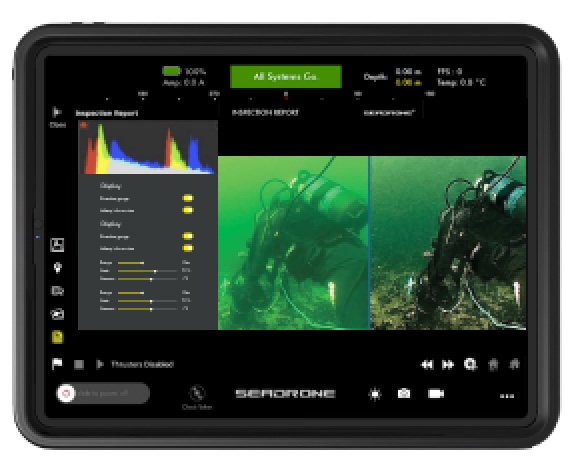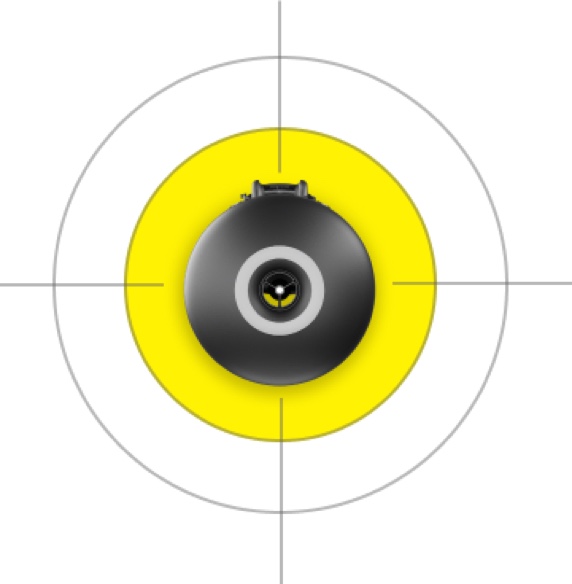Rise of the ROVs: using micro-drones for hull fouling inspections by Craig Jallal
a. Riviera Maritime Media published a profile of Dr. Adam Bell from AkzoNobel that features his innovative use of micro ROVs for ship hull inspections. SeaDrone’s Inspector 3 was mentioned as Dr. Bell’s ROV of choice. Check out the article for Dr. Bell´s tips for piloting Inspector 3.
2. Salvaging, cleanup of Golden Ray shipwreck will require detailed planning by LARRY HOBBS and Pictures: Golden Ray Salvage Efforts Continue by The Maritime Executive.
a. Golden Ray, a 656-foot freighter, capsized on September 8, 2019, when it toppled over on its port side in the St. Simons Sound, Brunswick, Georgia. The US Coast Guard rescued the crew while the fire onboard the ship raged. A complex salvage operation is headed by Donjon Marine Co. Inc., headquartered in Hillside, New Jersey. The rescue teams are currently monitoring the environmental impacts of the shipwreck, including air and water quality.
b. SeaDrone’s take: A complex salvage mission of this scale requires coordinated teamwork and a multitude of instruments for monitoring the environment around the shipwreck and inspecting the ship hull. A micro ROV such as SeaDrone’s Inspector 3 would be a valuable asset in this kind of salvage operation as well as search and rescue missions. Inspector 3 could aid in inspecting the waters around the ship hull for fuel leaks that would lead to water quality problems. Read more about the story from The Brunswick News and The Maritime Executive.
3. Navy May Reduce LCS-2 Drydocking Requirements as Drydock Shortage Looms by Megan Eckstein
A. The US Navy is evaluating whether it should put its “Independence-variant Littoral Combat Ships into the drydock every time they go into planned maintenance,” writes Megan Eckstein at the USNI. The Navy currently drydocks LCS vessels to perform hull inspections during maintenance events. However, the Navy is now concerned because the Navy has a greater demand for drydocking than what the private sector can currently accommodate. This shortage of drydocking availability is projected to get worse over the next three to five years, writes Eckstein.
B. The Navy is looking for a solution, including doubling the interval of drydocking the LCS vessels from once every three years to once every five to six years.
C. SeaDrone’s take: The Navy should consider ship hull inspections from micro ROVs, such as the Inspector 3, which would allow the Navy to continue inspecting its vessel’s hull on schedule without the onerous overhead of drydocking. Micro ROVs offer a safer, cheaper, and more efficient underwater hull inspections that are less vulnerable to the private sector’s workforce fluctuations. Check out the story from USNI here.
4. US Navy Supports Development of Another Underwater Robot by Staff Reporter https://www.sciencetimes.com/articles/23879/20190921/us-navy-once-again-supports-development-of-high-speed-underwater-robot.htm
A. The US Navy is supporting the development of a robotic fish modeled after the torpedo-shaped yellowfin tuna. The Tunabot, a 10-inch robot, looks like a fish and fits in the palm of your hand. Although it doesn’t have fins, it has a tail. Researchers at the University of Virginia are collaborating with biologists at Harvard University to develop this robot to learn more about “the science of biological swimming.”
B. The yellowfin tuna is one of the fastest fish in the world and has the ability “to swim great distances, sometimes across an entire ocean.”
C. Studying the Tunabot could allow researchers to understand how to improve propulsion systems. Learn more about The Tunabot here.
